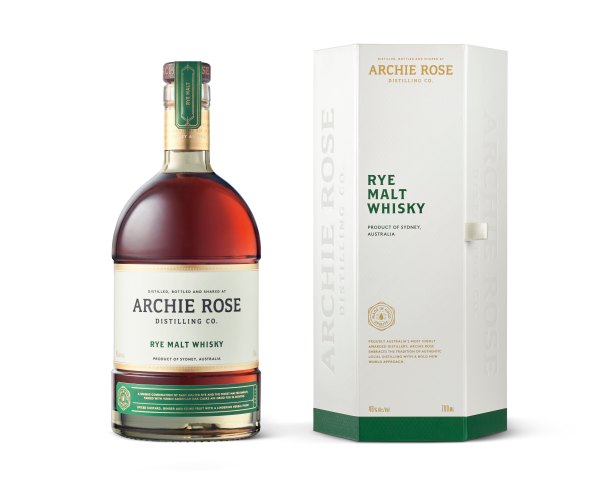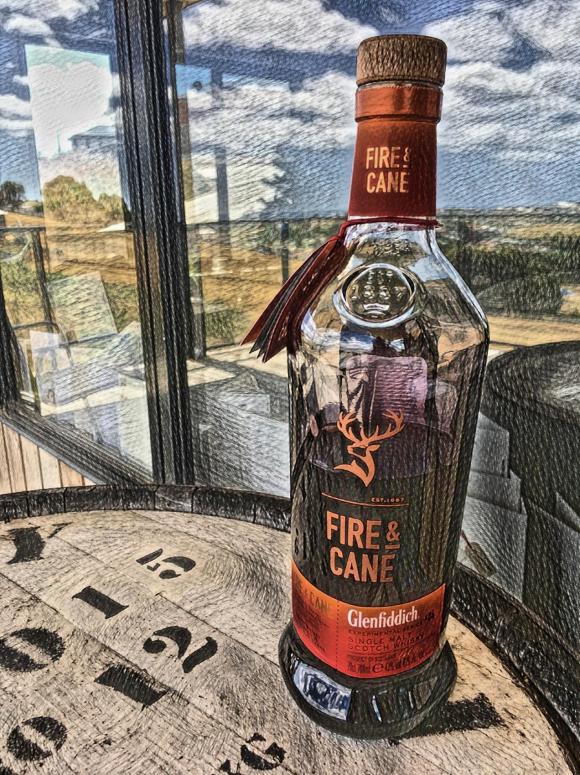Posted by: Nick

Hot take alert! Archie Rose will, sooner rather than later, be the most famous distillery in the country. Move aside Sullivans Cove, forget about Lark, no chance Limeburners; Archie Rose is best placed to bring quality Australian whisky to the world.
Alright, why am I so confident? Well, there are a number of reasons: four to be precise…
1) The location. Archie Rose are located in Rosebery, Sydney, mere kilometres from the CBD. If a tiny state like Tassie can build a whisky scene from the ground up then a city with a population of over 5 million – and a further 15 million tourists every year – is guaranteed to find more than a few willing customers. And Archie Rose is well placed to have the monopoly on them, being the first craft distillery set up in over a hundred years. Others have started up in Sydney since, but Archie Rose got there first. Throw in a classy bar, as well as educational tours and blending experiences and Archie Rose is set up beautifully as NSW’s distillery of choice.

2) The marketing. While this isn’t the most romantic aspect of any distillery, it’s fair to say Archie Rose has nailed it. From their unique hexagonal box, to the seductive smoked tint, to the classically shaped bottle, they are well placed to stand out on a shelf. Their online presence is excellent and their website contains details of every cask that makes up a release, including data such as water source, grist size, duration of fermentation and the date each barrel was filled and emptied. This is manna from heaven for whisky nerds like myself!
3) The quality. Someone at Archie Rose knows what they are doing. From the very beginning there was never any thought of rushing a few 20 litre single casks out the door. Nothing is being released before it is ready – in fact, we’re still yet to see a single malt, although I am assured one is coming. Even the Rye Malt, in it’s 3rd iteration at the time of writing, is made using a solera system, where half of the previous batch has been gradually spending a whole lot more time in oak than the two and a half years that the youngest spirit in the mix has seen. It seems this approach is paying dividends, too, as this release has just won World’s Best Rye Whisky at the 2020 World Whisky Awards. A single cask sample of their single malt was also awarded a gold medal. It is hard to become a great whisky distillery without producing a great whisky, and it seems Archie Rose is well placed to produce exactly that.

4) The variety. As is the case with many modern distilleries, Archie Rose is branching out into gins and vodkas which have also won various awards in their fields. Their whiskies are equally varied, with the first release being a Malted Rye, released to market, while their single malt matures in its own time. However, the experimentation doesn’t stop there, with the release of an Ironbark Smoked Rye Whisky, a variation on their rye whisky made using smoked water created by melting huge ice blocks with an Ironbark fuelled oven. It seems the distillery is not afraid to experiment, and several releases under their Archie Rose concepts label demonstrate the innovation and creativity occurring at the distillery.
While it is still early days for Archie Rose, they seem to have been a name we’ve heard about for a while. Like a chess master they have been flying under the radar, getting their pieces in exactly the right positions before pouncing with a decisive checkmate. Mark my words, these guys are going to be big…

Oh, and I have to mention one more reason they’re destined for greatness:
5) They claim it to be “truly unique” and “one of the world’s most unique distilleries” which will annoy Ted something shocking. Always a great sign in my books…

































